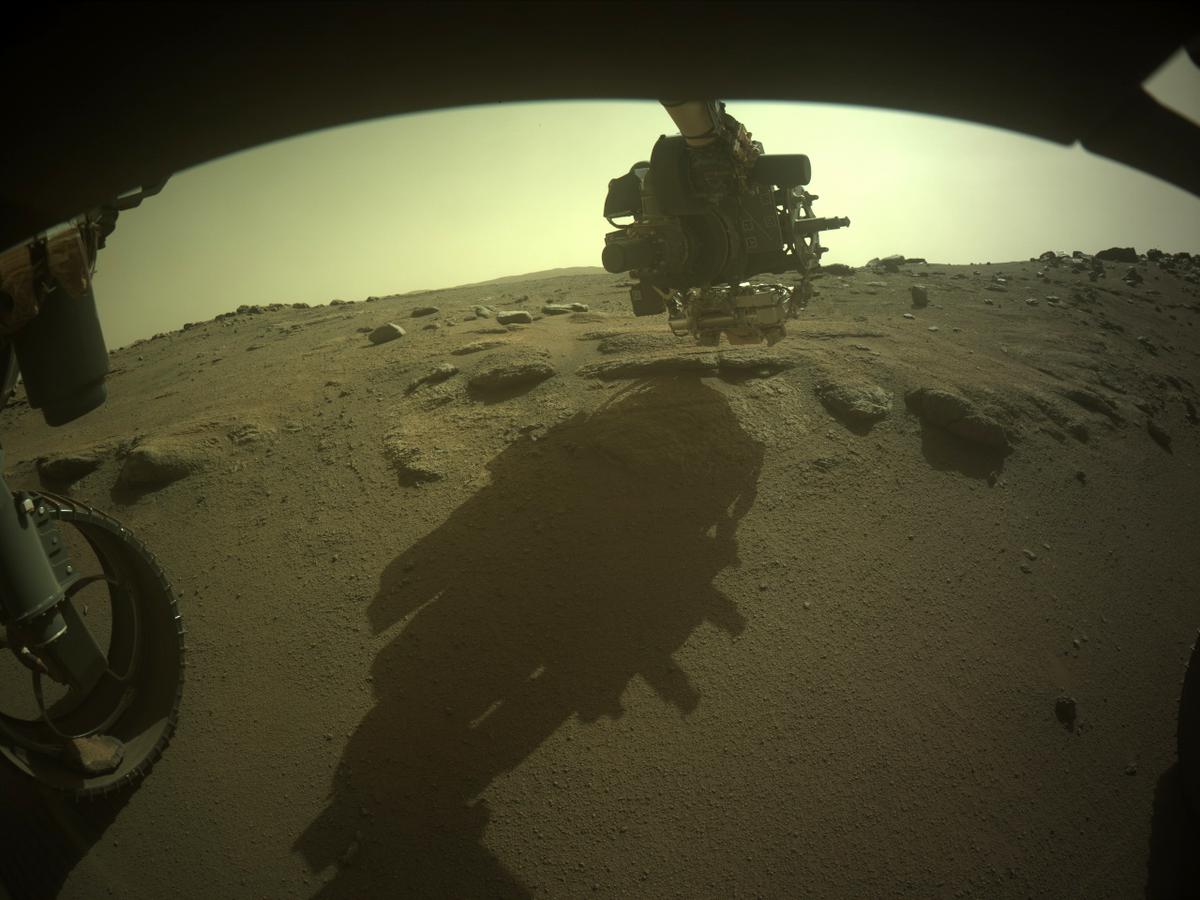2 min read

Three abrasions and four sample cores later, the rover has finally departed the Séítah area and is embarking on the return leg of the crater floor campaign. One major difference between the “out” trip and this return trip is the pace of Perseverance’s driving. As we drove towards Séítah earlier in the mission, our average daily drive distance was shorter, in part because we were doing scientific reconnaissance at important stops along the way, and in part because we were still learning how to maximize drive efficiency with our rover. Now, on the return trip back to Octavia E. Butler Landing, we are speeding back!
Since leaving Séítah a few days ago, Perseverance has already logged two massive, record-setting 240+ meter drives on sols 340 and 341. These drives set the record for the longest single-sol total distance recorded by any martian rover (243.3 m) and the single-sol Autonav record by any martian rover (226.5 m). If this is a sign of future drives to come, we’ll be zooming through the rest of the crater floor campaign to the delta in no time.
So where are we right now? We are currently in front of an outcrop called “Rimplas,” for a quick abrasion and proximity science pit stop on our way back (a future stop will be to acquire our last samples from the crater floor – stay tuned for a future blog post!). This location is close to where Perseverance was on sol 177 almost 170 sols ago, near the Artuby outcrop where we saw intriguing layered rocks. We now understand these layered rocks to be part of the Artuby “member” (a group of rocks with common characteristics) that underlie the Rochette caprock member which was sampled in our first rock cores. These enigmatic layers have not yet been abraded and studied in detail with the PIXL, SHERLOC, and WATSON instruments, hence our current stop at the layered rocks at Rimplas. Here’s to hoping that we’ll have our 6th abrasion patch later this week!
Written by Vivian Sun, Science Operations Systems Engineer, Staff Scientist at NASA's Jet Propulsion Laboratory







